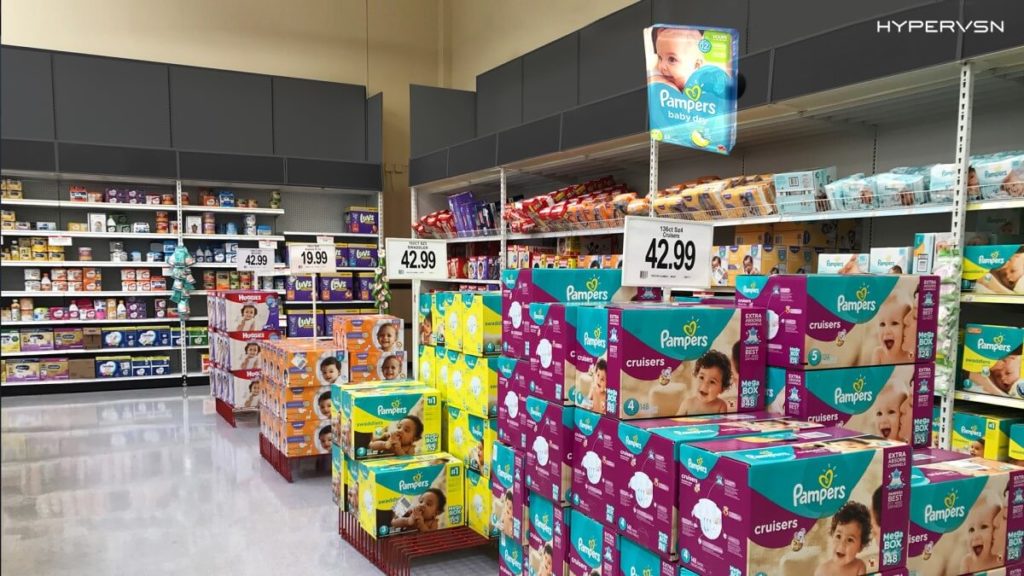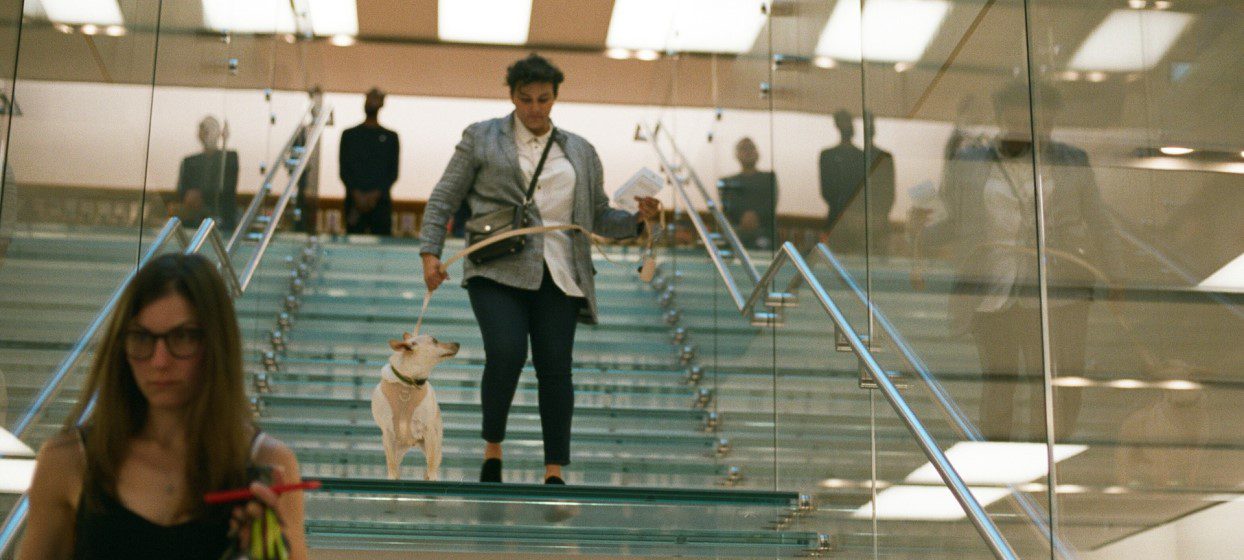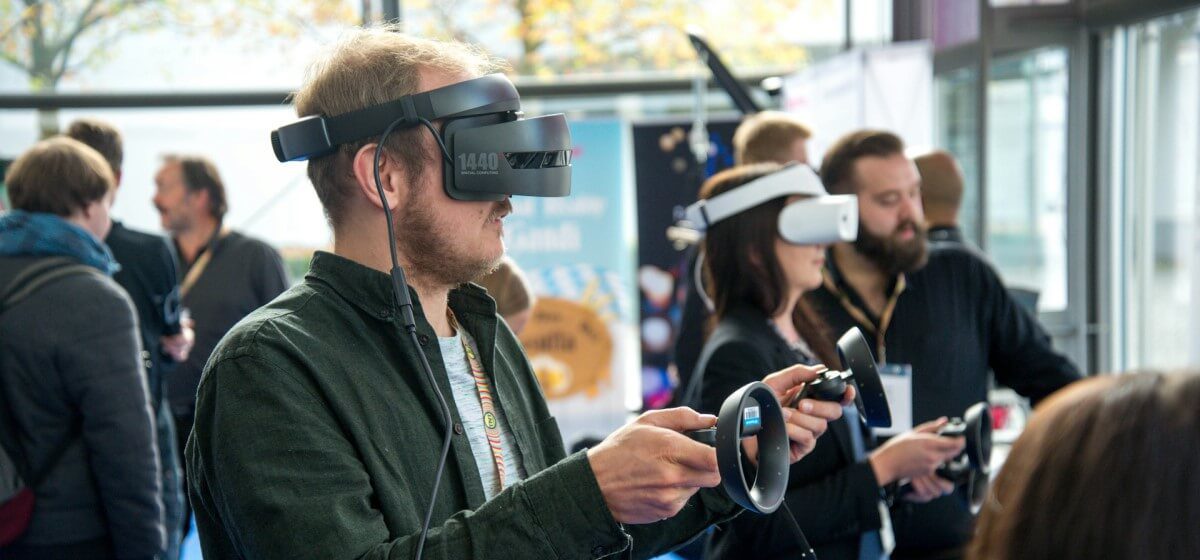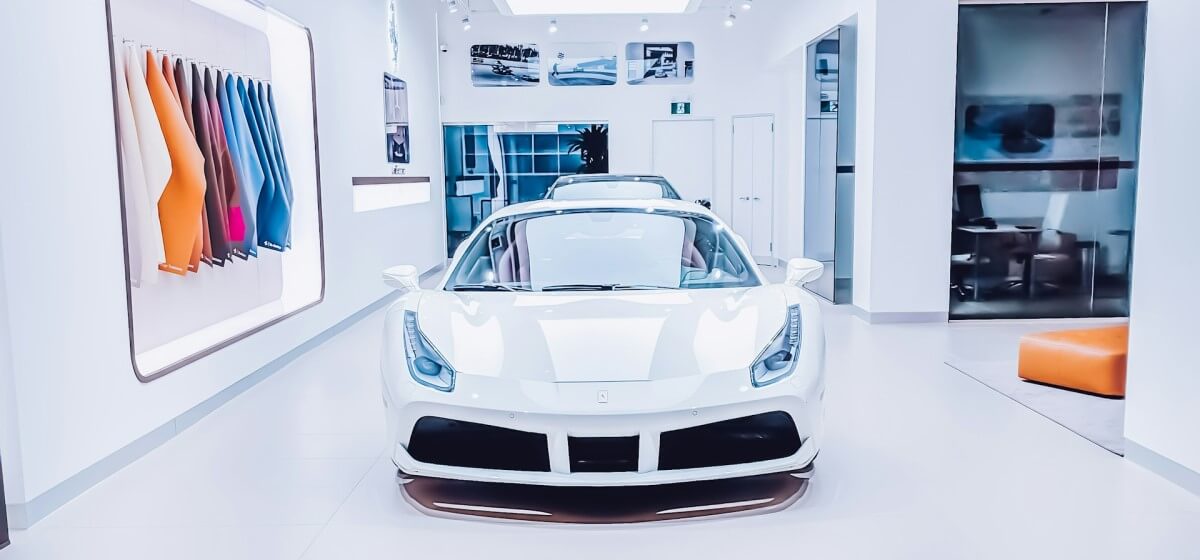
HYPERVSN 3D Catalog
USD 1,200
Qty

HYPERVSN 3D Catalog
USD 1,200
Qty

HYPERVSN 3D Catalog
USD 1,200
Qty
Cart Subtotal:
USD 3,600

HYPERVSN
Marketing Department
In-store navigation can help customers save time and save them from frustration by finding what they need quickly and easily. In-store navigation can also increase customer loyalty and satisfaction by providing a seamless and convenient shopping experience.
In-store navigation can also benefit retailers by increasing sales, reducing operational costs, and improving store performance. By guiding customers to relevant products and promotions, in-store navigation can boost impulse purchases and cross-selling opportunities. By reducing the need for staff assistance and signage, in-store navigation can lower labour and maintenance expenses. By collecting and analysing data on customer behaviour and preferences, in-store navigation can help retailers optimize store layout, merchandising, inventory, and marketing strategies.
In-store navigation is the process of helping customers find what they are looking for in a physical store. It is an important aspect of customer experience and satisfaction, as well as sales and profitability. In this blog post, we will discuss some tips and best practices for improving in-store navigation.
Use clear and consistent signage. Signage is the most basic and essential element of in-store navigation. It should be visible, readable, and informative. It should also be consistent with the store’s branding and design. Signage should include directional, category, product, and promotional signs. Directional signs help customers locate different sections or departments of the store. Category signs help customers identify the types of products within a section or department. Product signs help customers find specific items or brands within a category. Promotional signs help customers discover special offers or deals within the store.
Optimise the store layout and product placement. The store layout and product placement should be designed to facilitate customer flow and convenience. The store layout should be logical, intuitive, and easy to navigate. It should also match the customer’s shopping journey and preferences. For example, if most customers enter the store from the left side, the most popular or profitable products should be placed on the left side of the store. The product placement should also be strategic and appealing. It should highlight the features and benefits of the products, create attractive displays, and encourage impulse purchases.
Leverage technology and data. Technology and data can enhance in-store navigation by providing personalised and interactive solutions. For example, some stores use mobile apps, QR codes, or beacon technology to offer customers digital maps, product information, recommendations, or coupons based on their location within the store. Some stores also use data analytics, artificial intelligence, or machine learning to optimise their store layout and product placement based on customer behaviour, feedback, or preferences.
Train and empower staff members. Staff members are another key component of in-store navigation. They should be friendly, helpful, and knowledgeable. They should also be empowered to assist customers with their needs and queries. Staff members should be trained to greet customers, offer guidance, provide information, make suggestions, and handle complaints. They should also be equipped with tools and devices that can help them access product information, inventory levels, or customer profiles.
Solicit and act on customer feedback. Customer feedback is a valuable source of insight for improving in-store navigation. It can help identify the strengths and weaknesses of the current system, as well as the opportunities and challenges for improvement. Customer feedback can be collected through various methods, such as surveys, interviews, focus groups, mystery shopping, or social media. Customer feedback should be analysed and acted upon in a timely and effective manner. It should also be used to measure the impact and results of any changes or improvements made to in-store navigation.
If you are looking for a way to enhance your retail store with innovative technology, you might want to consider HYPERVSN. Imagine walking into a store and seeing a holographic map of the layout showing you where to find the products you need. You can also interact with the map by touching the air, zooming in and out, or rotating the view. You can even ask for directions to a specific item or department, and the map will show you the best route to take. This way, you can save time and avoid getting lost or frustrated in a large or unfamiliar store.
HYPERVSN can also help you create a more engaging and memorable shopping experience for your customers. Using 3D holograms, you can showcase your products in a new and exciting way, highlighting their features and benefits. You can also use HYPERVSN to display promotional messages, offers, or events, attracting more attention and increase sales. HYPERVSN can help you stand out from the competition and create a lasting impression on your customers.
HYPERVSN can be a game-changer for your in-store navigation. It is a futuristic and innovative solution that can transform the way customers shop and interact with products. Holographic signs by HYPERVSN are not just signs, they are stories that captivate and inspire.




subscribe

USD 1,200
Qty

USD 1,200
Qty

USD 1,200
Qty
Cart Subtotal:
USD 3,600☎️